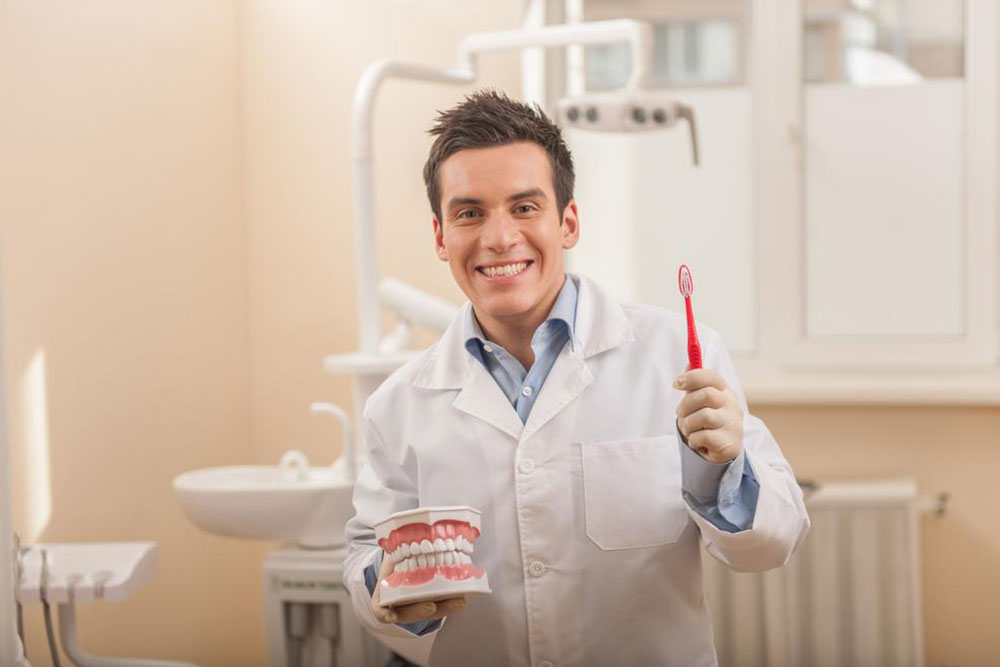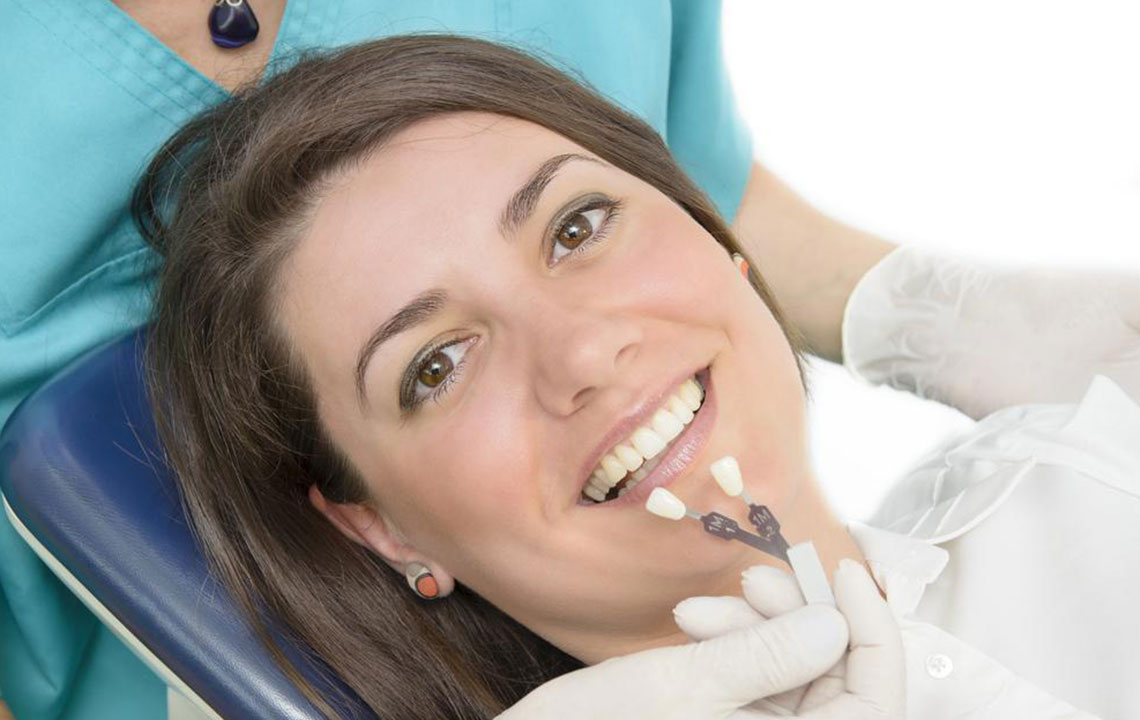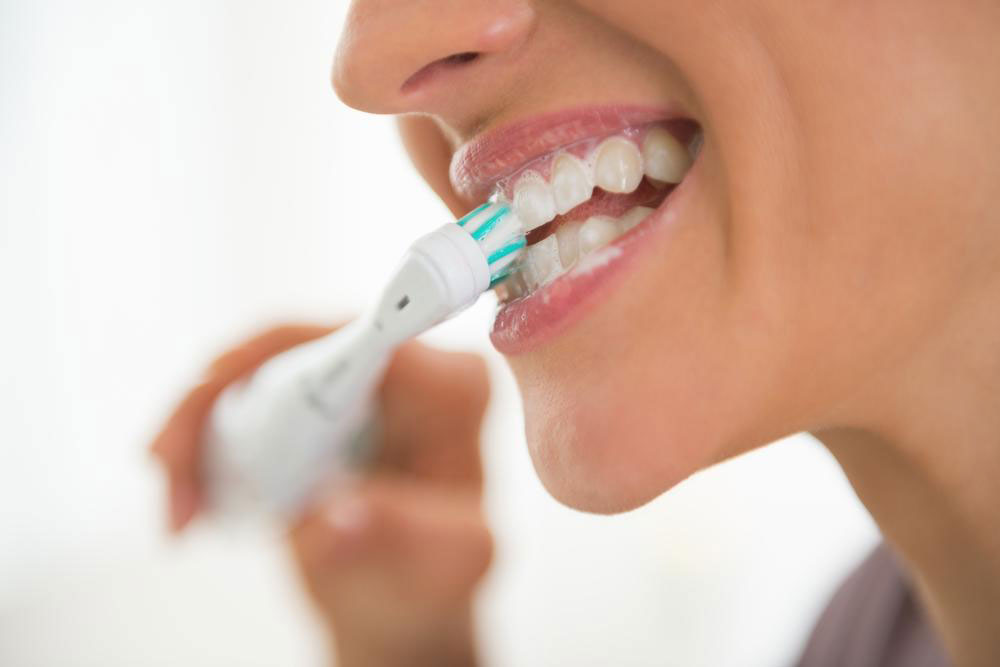Navigating the Future of Dentistry with Innovative Implant Solutions
Restoring a complete set of teeth can be a revolutionary step toward improved oral function and renewed confidence. Modern fixed dentures offer a stable and lasting option for individuals seeking a permanent solution to tooth loss, enhancing both their appearance and overall quality of life. In an era defined by technological breakthroughs, the field of dental implants is undergoing a remarkable transformation, redefining how clinicians address tooth loss and empowering patients to embrace a life free from the limitations of traditional restorative methods.

The Evolution of Fixed Dentures: Beyond Conventional Boundaries
Gone are the days when fixed dentures relied solely on bulky frameworks and limited biocompatibility. Today’s innovations have elevated this solution to new heights, with materials science playing a pivotal role. Titanium, long celebrated for its exceptional strength and osseointegration properties, remains a cornerstone of implantology. However, the emergence of zirconia-based implants has introduced a game-changing alternative. Zirconia not only boasts superior aesthetics—mimicking the natural translucency of tooth enamel—but also exhibits remarkable resistance to corrosion and bacterial adhesion, reducing the risk of peri-implantitis, a common complication in long-term implant care.
Another breakthrough lies in the precision of implant placement. Computer-Aided Design and Computer-Aided Manufacturing (CAD/CAM) technology has revolutionized treatment planning, enabling clinicians to create 3D-printed surgical guides tailored to each patient’s unique anatomy. This level of customization ensures that implants are positioned with millimetric accuracy, optimizing load distribution and minimizing trauma to surrounding tissues. The result? Shorter surgical times, faster healing periods, and a significantly higher success rate—often exceeding 95% for well-planned cases—giving patients greater peace of mind throughout their treatment journey.
Addressing Unmet Needs: From Complex Cases to Patient-Centric Care
One of the most compelling aspects of modern implant solutions is their ability to cater to patients with once-considered “untreatable” cases. For individuals with severe bone loss in the jaw, traditional implants were often not feasible due to insufficient support. However, the advent of bone grafting techniques and zygomatic implants has changed the landscape. Zygomatic implants anchor to the cheekbone, bypassing the need for extensive jawbone volume, allowing patients with severe bone atrophy to receive fixed dentures and regain full oral function.
Patient-centric care is also at the forefront of innovation. The fear of pain and prolonged recovery has long been a barrier for many individuals considering implant treatment. To address this, clinicians are adopting minimally invasive approaches, such as flapless surgery, which reduces tissue trauma and eliminates the need for sutures in many cases. Additionally, the integration of sedation dentistry options—from mild oral sedatives to intravenous sedation—ensures that patients remain comfortable and anxiety-free throughout the procedure. Post-operatively, advanced pain management protocols and rapid-healing materials, such as platelet-rich fibrin (PRF) membranes, accelerate recovery, allowing patients to return to their daily activities in as little as 24 to 48 hours.
The Future Horizon: Emerging Technologies Shaping Dental Implantology
As we look ahead, the future of dental implant solutions is poised to be even more transformative. One of the most exciting developments is the integration of digital dentistry into every stage of treatment. Intraoral scanners, which capture detailed 3D images of the mouth in minutes, have replaced traditional impression materials, eliminating the discomfort of putty-like molds and providing clinicians with highly accurate data for implant design. Furthermore, artificial intelligence (AI) is being leveraged to predict treatment outcomes, analyzing factors such as bone density, gum health, and bite alignment to develop personalized treatment plans that minimize risks and maximize success.
Another area of growth is the development of smart implants. These implants are embedded with sensors that monitor vital metrics, such as pressure distribution, temperature, and the presence of inflammation, in real time. The data collected is transmitted to a mobile app, allowing both patients and clinicians to track the implant’s performance and detect potential issues—such as peri-implantitis—at an early stage, before they progress to more serious problems. This proactive approach to maintenance not only extends the lifespan of implants but also reduces the need for costly and invasive corrective procedures.
Sustainability is also becoming a key focus in the industry. With growing concerns about environmental impact, manufacturers are developing eco-friendly implant materials and packaging. For example, some companies are using recycled titanium to produce implants, while others are adopting biodegradable packaging solutions to reduce plastic waste. Additionally, the shift toward digital workflows—such as cloud-based treatment planning and paperless records—minimizes the use of disposable materials, making dental implant treatment more environmentally responsible.
Conclusion: Empowering Patients, Transforming Lives
The journey of restoring a complete set of teeth with modern fixed dentures is no longer just about replacing missing teeth—it is about transforming lives. For individuals who have struggled with tooth loss, the ability to eat, speak, and smile with confidence is a life-changing experience. With innovative implant solutions, clinicians are not only providing a permanent solution to tooth loss but also empowering patients to embrace a higher quality of life.
As technology continues to advance, the future of dental implantology holds endless possibilities. From AI-driven treatment planning to smart implants and sustainable practices, the industry is committed to delivering safer, more effective, and more accessible care. For patients, this means greater options, reduced anxiety, and outcomes that exceed their expectations. For clinicians, it means access to tools and techniques that enable them to provide the highest standard of care, pushing the boundaries of what is possible in restorative dentistry.
In the end, navigating the future of dentistry with innovative implant solutions is about more than just technology—it is about putting patients first, understanding their unique needs, and working together to achieve a common goal: a healthy, functional, and beautiful smile that lasts a lifetime.









